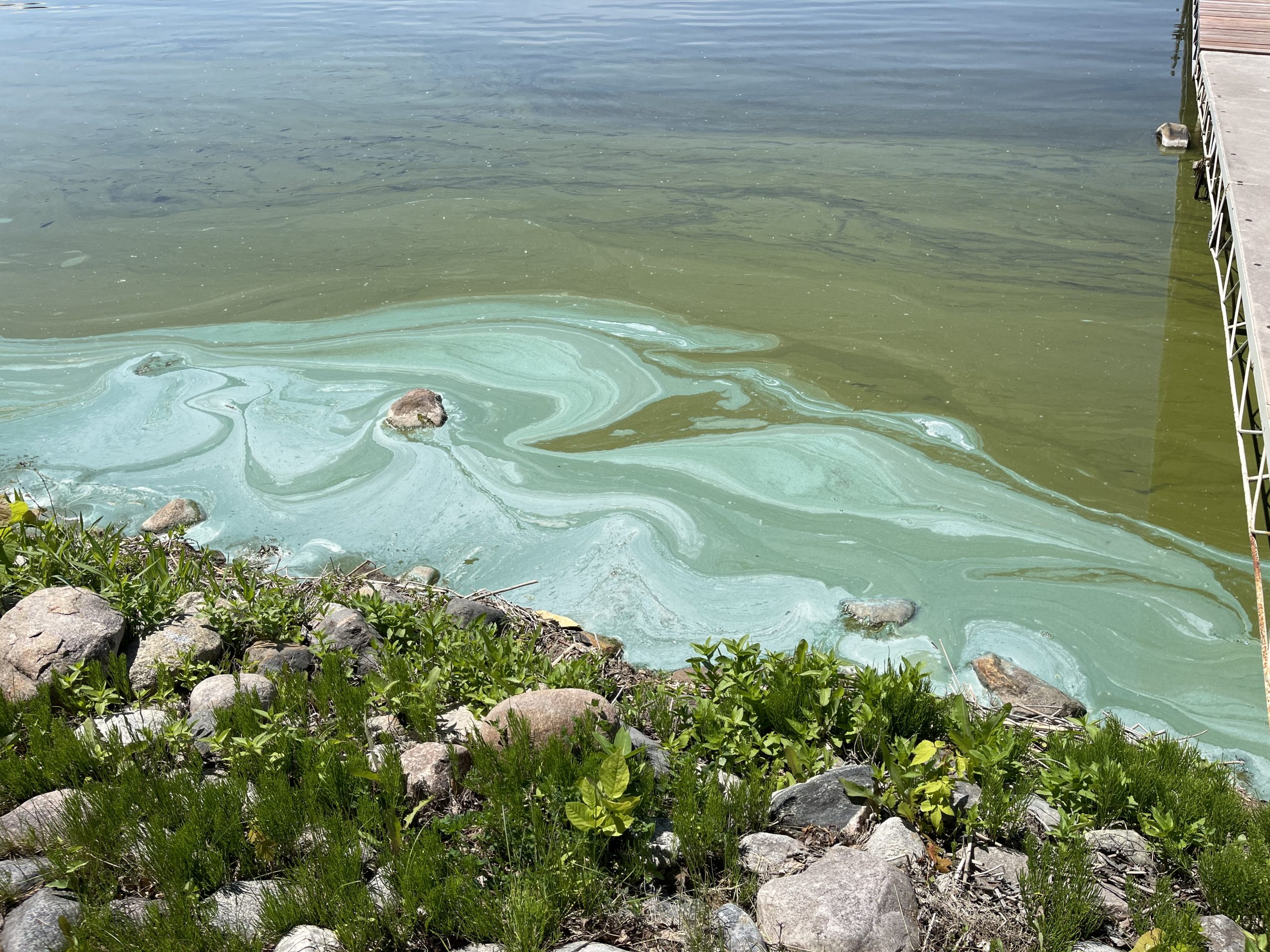Table of Contents
![]()
Introduction
Bioremediation, a process that utilizes living organisms to clean up polluted environments, holds promise for addressing various environmental challenges. Algae, a diverse group of aquatic photosynthetic organisms, have emerged as key players in bioremediation efforts. In this blog post, we will explore the fascinating role of algae in cleaning up polluted waters and its significance in mitigating environmental pollution.
Types of Polluted Waters
Polluted waters come in various forms, each presenting unique challenges to environmental health. These include industrial wastewater laden with toxic chemicals, agricultural runoff carrying excess nutrients, urban stormwater runoff containing pollutants from roads and buildings, oil spills, and the widespread problem of eutrophication in bodies of water.
Algae in Bioremediation
Algae have proven to be versatile agents in bioremediation due to their remarkable capabilities. Various types of algae can be employed in bioremediation efforts, utilizing mechanisms such as absorption, adsorption, bioaccumulation, and nutrient uptake to remove pollutants from the water. Their use offers several advantages, including cost-effectiveness and environmental sustainability, but also comes with certain challenges and limitations.
Case Studies
Algae-based bioremediation has been successfully applied in several scenarios. It has effectively treated heavy metal contamination, reduced nutrient pollution in water bodies, and played a crucial role in cleaning up oil-contaminated waters. Real-world examples include the resolution of algae blooms in Lake Erie and the response to the Exxon Valdez oil spill, where algae played pivotal roles in restoration efforts.
Factors Affecting Algal Bioremediation
The effectiveness of algae in bioremediation is influenced by various factors. Environmental conditions like temperature, pH levels, and light availability can significantly impact their performance. Selecting the right algal species, nutrient availability, and the type and concentration of contaminants also play critical roles in determining the success of algal bioremediation projects.
Future Directions
The future of algae in bioremediation looks promising. Ongoing research and development efforts are aimed at improving the efficiency and scalability of algae-based solutions. Integrating algae-based bioremediation with other remediation methods and addressing regulatory and policy considerations will be crucial for its widespread adoption. As we move forward, the potential for large-scale applications of algae in bioremediation becomes increasingly evident.
Conclusion
In conclusion, algae’s role in bioremediation offers a sustainable and effective solution for cleaning up polluted waters. As we face mounting environmental challenges, harnessing the power of these tiny aquatic organisms holds the promise of a cleaner and healthier environment for generations to come. The continued research, innovation, and implementation of algae-based bioremediation are essential steps towards a more sustainable and pollution-free world.
Share This





Be the first to comment